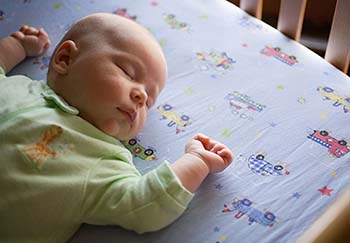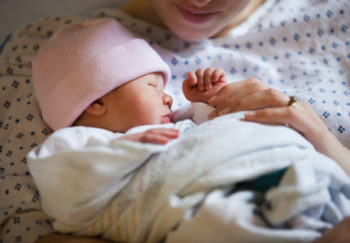
Every year, about 3,500 U.S. babies die suddenly and unexpectedly, according to the Centers for Disease Control (CDC). Of those, almost 75 percent are attributed to either accidental strangulation or suffocation in bed or sudden infant death syndrome (SIDS). What’s the difference? The CDC defines SIDS as “the sudden death of an infant less than 1 year of age that cannot be explained after a thorough investigation is conducted” and says it can be hard to tell if a death is caused by suffocation due to a lack of eyewitnesses.
To help reduce these deaths, Rachel Moon, MD, recently helped write new American Academy of Pediatrics guidelines. Many recommendations didn’t change. For example, babies should still be placed on their backs to sleep, and the crib should not have any bedding beyond a taut sheet.
“We now recognize that couches and sofas and cushioned chairs and things like that are very, very dangerous for babies,” Moon says. “We don’t want babies to be placed on those surfaces to sleep.”
If you think you might fall asleep while feeding your baby, feed in your bed, not on a couch or armchair.
In this week’s podcast, Moon elaborates on SIDS prevention, including pacifiers, breastfeeding and what to do if your baby rolls over. Listen to the podcast:

